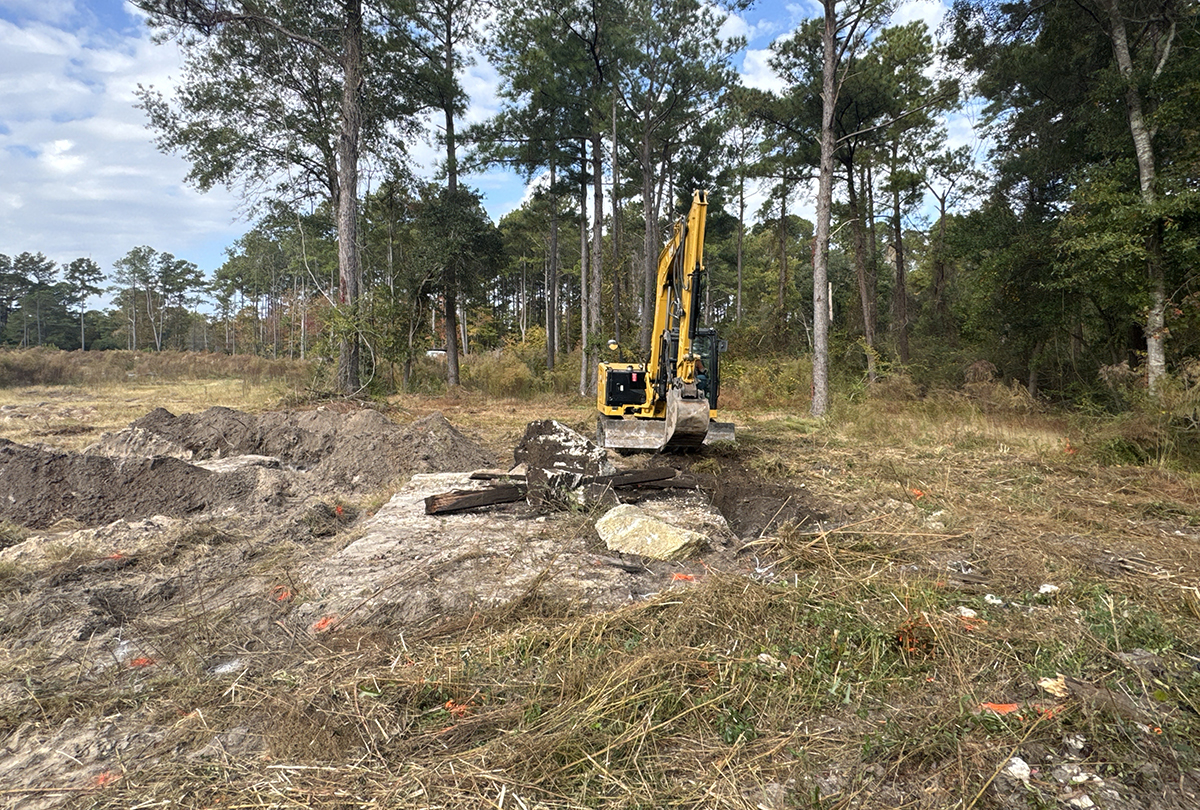
Public comment on a draft plan for the Pasquotank River basin will be accepted until May 31.
The Pasquotank River basin is part of the larger Albemarle-Chowan River basin, which includes southeastern Virginia and northeastern North Carolina.
Supporter Spotlight
The North Carolina Department of Environmental Quality’s Division of Water Resources is requesting public review and input of the plan, which provides a comprehensive examination and explanation of the planning process for water quality and quantity issues in the Pasquotank River basin.
The plan is used to identify areas that need additional protection, restoration, or preservation to ensure waters of the state are meeting their designated use.
The North Carolina portion of the Pasquotank River basin is 3,367 square miles, made up of about 37% open water, 33% wetlands, 20% agriculture, 5% forest, and less than 5 percent total of developed lands, scrub, barren land and grassland. It contains the Albemarle, Currituck, Roanoke, Croatan and Pamlico sounds, as well as, the Pasquotank, Little, Perquimans, Alligator, Scuppernong and Yeopim rivers and numerous small watersheds.
There are 11 counties and 13 municipalities located in whole or in part in the basin. Duck, Kill Devil Hills, Kitty Hawk, Manteo, Nags Head, and Southern Shores are in Camden, Currituck and Dare counties. These municipalities have all seen about 10% increases in populations between 2010 and 2019.
As of 2018, certain waters are on the impaired waters list for copper, nickel, benthos, chlorophyll-a, pH, dissolved oxygen, dioxin, enterococcus, and shellfish-growing area status. This basin plan pays special attention to the nitrogen species of nitrate, ammonia and organic nitrogen, total phosphorus, chlorophyll-a, and algal bloom data over time throughout the Pasquotank River basin in an effort to communicate the changes in the instream nutrient concentrations.
Supporter Spotlight
The public comments can be emailed to forest.shepherd@ncdenr.gov or mailed to Forest Shepherd, Basin Planner, Division of Water Resources, Department of Environmental Quality, 1611 MSC, Raleigh, N.C. 27699.
Comments will be reviewed and considered for incorporation into the basin plan, which is scheduled to be presented to the Environmental Management Commission in September for final approval. The Division of Water Resources will work with local groups and organizations to implement approved recommendations.
Basin plans are required under General Statute 143-215.8B and are approved by the commission every 10 years, per a 2012 law.







